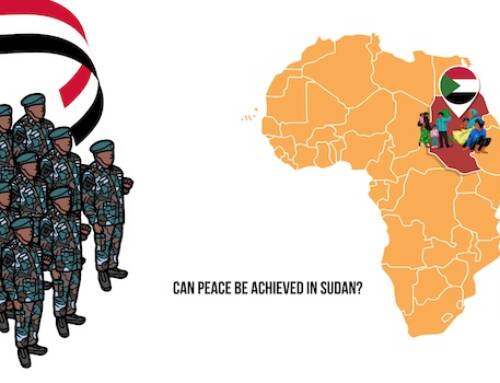MIDDLE EAST & NORTH AFRICA

MENA: From Kabul to Tehran, women are victims of the extremist views of the Taliban and the Iranian Government
The death of Mahsa Amini, a young Iranian woman who died under suspicious circumstances after being arrested by the morality Police ‘Gasht Ershad’, has caused widespread protests not only in Iran but around the world. Many Afghan citizens, especially women, stand in solidarity with the movement in Iran. They believe that the women of the two countries suffer from common pain. In both countries, women are forced to wear the hijab, a symbol of Daesh, Taliban and the Mulla.
On September 23, 2022, several women’s rights activists held a vigil in solidarity with Iran’s women in Kabul because of this tragedy. Afghan women declared their support for Iranian women by shouting the slogan “Woman, Life, Freedom”.
Much like them, On September 21, at 17:00 my daughter and I stood with Iranian women and men in Hannover and raised our voices against human rights violations. While proclaiming our allegiance to the movement and honouring the memory of Mehsa Amini, the participants held photos of Mehsa and other victims of the recent protests. They also displayed banners and flyers protesting against the systemic oppression of women in Persian and German. After the end of the well-attended vigil, we lit a candle in memory of all the victims of extremist views in Iran and Afghanistan.
The current situation in Afghanistan is even more inhumane than in Iran. The Taliban have publicly insulted and whipped many women for not wearing long black dresses or not covering their hair and faces. Shopkeepers and taxi drivers have been instructed not to conduct business with women who do not follow this strict dress code. University students were excluded from participating in class or even exams because of the colour of their headscarves.
Nasreen who lives in Dashte Barchi, Kabul reports
“when they insulted me and called me a prostitute because I was wearing a coloured scarf, I wanted to talk to them rationally but suddenly a whip hit my head and they said that ‘this is not enough for you, we will adjust your behaviour for you and cut off your tongue…’”.
Every day women are being beaten, maltreated, arrested and killed in the worst way in different parts of Afghanistan. However, these issues in Afghanistan are being less and less publicised. In this country, committing human rights violations has become the new normal, while in Iran, the loss of a single life is something out of the ordinary. In Afghanistan, parts of society killed Farkhunda on March 19, 2015. In Iran, large parts of the society stand united against the killing of Mahsa Amini. Of course, there are similarities between the Iranian regime and the Taliban government. However, the big difference is the systemic and exceedingly rapid exclusion of women from political, social and cultural activities in the past year. Within 12 months secondary and high schools were closed to girls and women, causing them to lose their freedoms.
On September 12, Richard Bennett, the UN Special Rapporteur on the situation of human rights in Afghanistan said
“I’m gravely concerned about the staggering regression in women and girls´ enjoyment of civil, political, economic, social and cultural rights since the Taliban seized control of the country. There’s no country in the world where women and girls have so rapidly been deprived of their fundamental human rights purely because of gender.”
commentary of Frozan, an Afghan Human Rights Activist in Germany





